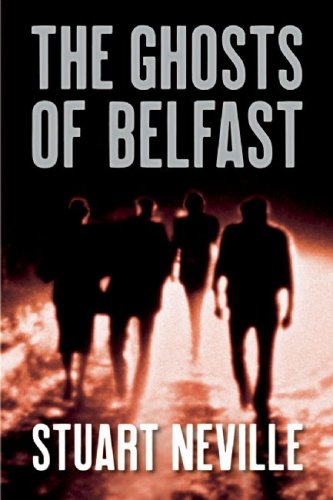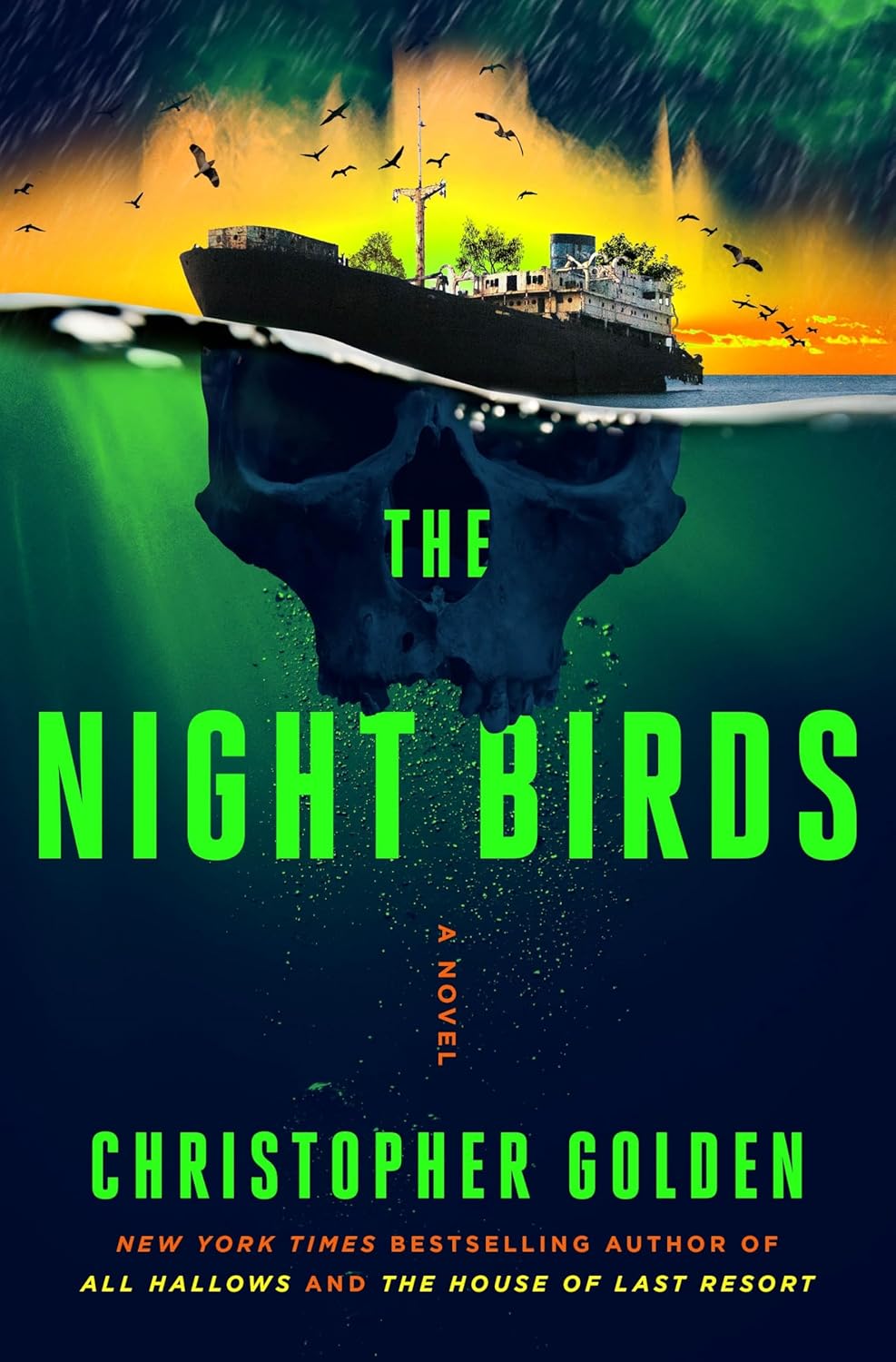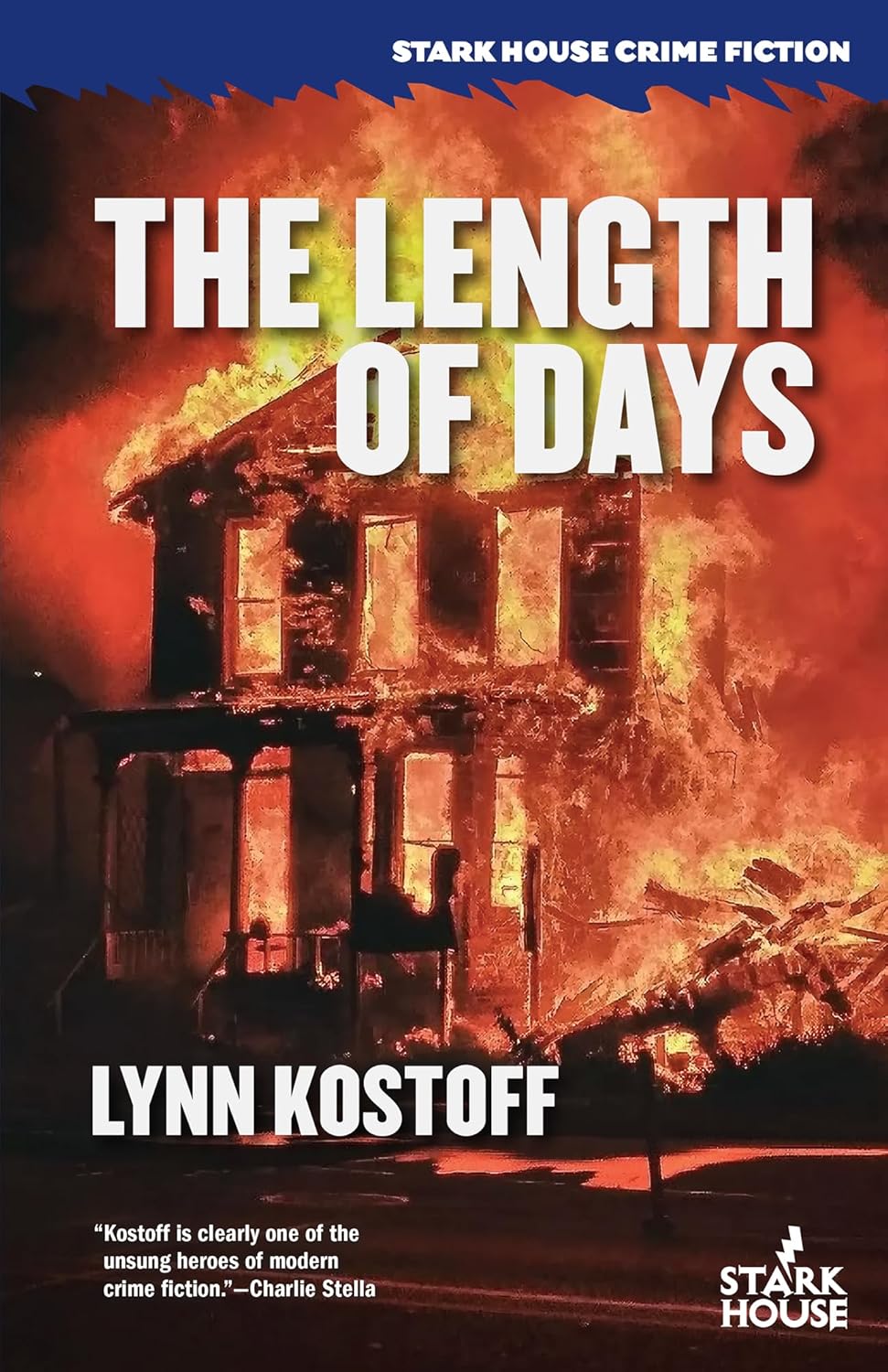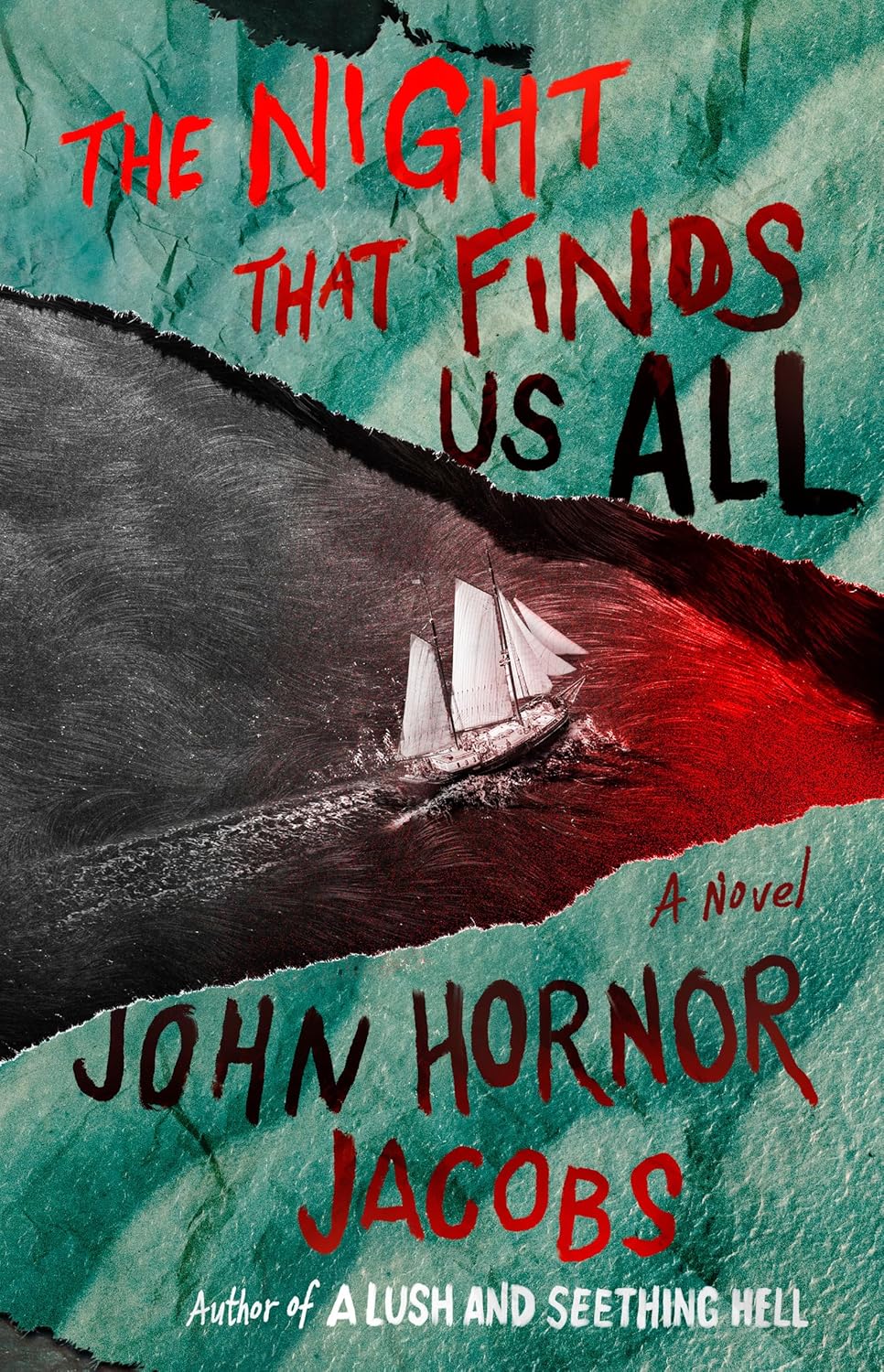 “All I wanted was some peace. I just wanted to sleep.” – Gerry Fegan
“All I wanted was some peace. I just wanted to sleep.” – Gerry Fegan
Set in Belfast in the aftermath of Northern Ireland’s Troubles*, The Ghosts of Belfast introduces us to ex-con Gerry Fegan. Treated by the locals as a hero for his activities as a “hard man” during the Troubles, activities that got him sent to prison for twelve years, Fegan just wants to leave his past in the past and live out his life in peace. That, unfortunately, isn’t going to happen.
The guilt of his own conscience weighs heavily enough upon him, but that is not the only burden Fegan has to bear. Shortly before his release from prison Fegan began getting visits. Not from friends or family, but from the ghosts of the twelve people he killed during the Troubles. Sometimes only one or two at a time, other times all twelve at once, when we meet Fegan it has been seven long years since his “followers,” as he calls them, first came calling.
Tormented to the very edge of sanity, Fegan barely manages to do more each day than wander down to the pub, get drunk, go home and pass out, then get up and do it all over again. One night a friend Fegan used to run with before his time in prison comes to visit him in the pub. Now a smooth talking politician, Fegan’s friend, McKenna, was once one of the men Fegan took orders from during the Troubles. Orders that led to deaths, including one of Fegan’s followers, the one he calls “The Boy.”
As The Boy circles McKenna in the pub, miming putting a gun to his head and pulling the trigger, Fegan comes to believe that what his followers want – no, demand – is justice. The followers want him to put to death those responsible for ordering theirs. Ignoring the potential consequences of killing a politician crucial to the fledgling peace process, not to mention one still very much “connected,” Fegan tests his theory by killing McKenna. Sure enough, The Boy disappears. And with that, all in the first fifteen pages, we are off and running. One down, eleven to go.
As Fegan systematically seeks to balance the scales, and hopefully save his sanity, the reader is given glimpses back in time to the circumstances under which each of his followers was killed. It’s not pretty, as author Stuart Neville provides graphic descriptions of Fegan’s past brutality as a hard man. And yet, one never gets the feeling that the depictions of violence are being used gratuitously. Rather, they are necessary to illustrate the events which gave birth to Fegan’s extreme guilt, and which justify in his mind the extreme measures he’s willing to take to rid himself of that guilt… and of his followers.
Part noir, part ghost story, The Ghosts of Belfast is unflinchingly brutal, completely original, and absolutely brilliant. Stuart Neville has most definitely announced his presence with authority.
*Though a thorough understanding of the Troubles is not necessary to enjoy The Ghosts of Belfast, some readers may wish to familiarize themselves with an overview of that period in Northern Ireland’s history.









Elizabeth A. White
April 30, 2010 - 7:41 PM